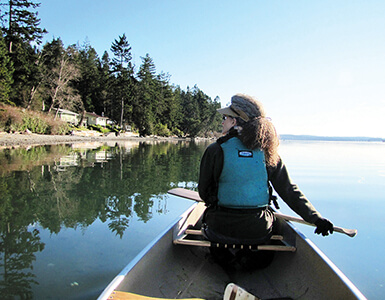Unifying voices for Washington’s great outdoors
Our Mission
Creating a greener, healthier, more equitable, and better Washington for all through community outreach, network building, and advocacy for conservation and outdoor recreation funding.
Our Vision
Every community benefits from the mental, physical, and economic health benefits of outdoor recreation and land conservation.
Every resident is able to play in and enjoy nature—whether that’s out their backdoor or in the backcountry.
The natural beauty and interconnected ecosystems that makes our state so special and unique are preserved for future generations of humans and animals alike.
Who We Are
The Coalition is a nonprofit organization that leverages the voices of a large and diverse group of allied interests working together to obtain public funding for new local and state parks, wildlife habitat, and preservation of working farm and forest lands.
Founded in 1989 by former Washington state Governors Dan Evans and Mike Lowry, the Coalition’s membership now consists of a diverse and bipartisan group representing conservation, business, recreation, hunting, fishing, farming, and other community interests.
As a nonprofit group, the Coalition is supported by generous individuals, foundations, corporations, and organizations from across Washington and does not receive any of the public funding it advocates for—every penny of the public funds go directly to projects in local communities throughout the state.
What We Do
The Coalition promotes and advocates for state and federal funding for parks, wildlife habitat, and working lands across Washington State.
In 1989, the Coalition spearheaded the Legislature’s creation of the Washington Wildlife and Recreation Program (WWRP) to address the need to preserve more land for outdoor recreation and wildlife habitat.
To date, the Coalition has successfully leveraged over $2.2 billion in state, local, and private dollars through the WWRP grant program for over 1,800+ parks, trails, wildlife habitat, and working lands projects including over 365K acres of land preserved.
The Coalition also leads education and advocacy efforts on behalf of the national Land and Water Conservation Fund (LWCF) Coalition in Washington State, promoting federal investments in Washington’s natural heritage and outdoor recreation economy. Read more about our work with LWCF.
Our breadth and diversity is the key to our success—no one member of the Coalition could secure such high levels of funding for parks and habitat on their own!
